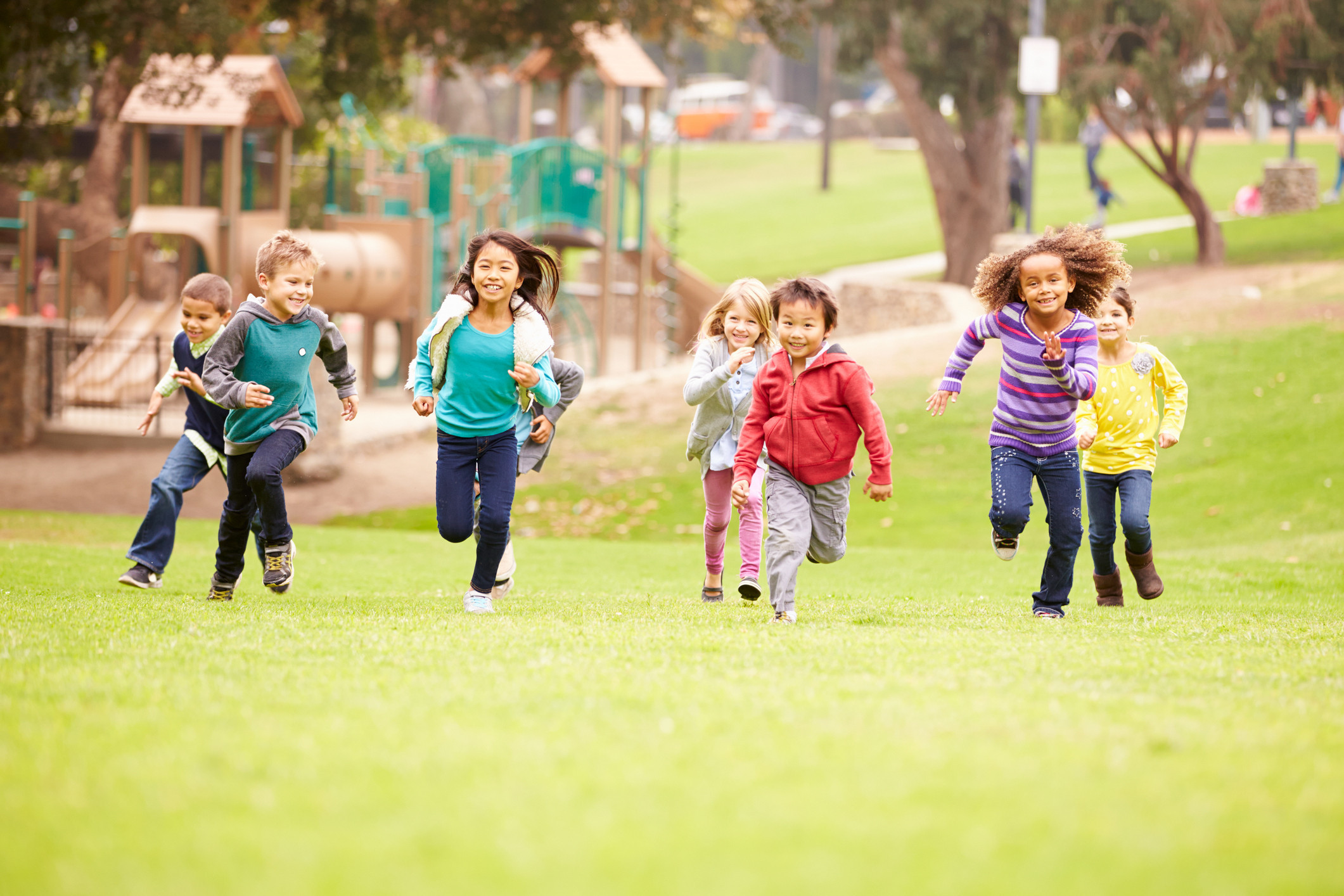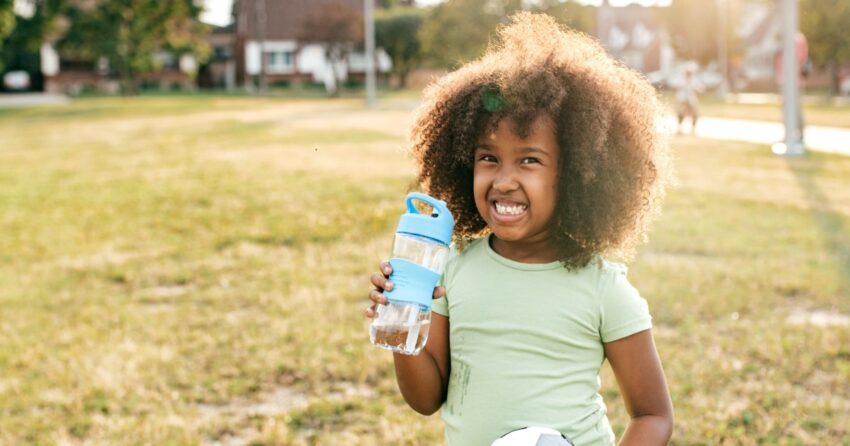n the fascinating world of sports and physical activities, children gain more than just the knowledge of how to play a game. They learn teamwork, discipline, the value of effort, and the importance of resilience. However, amidst all these lessons, there is one essential aspect of sports that is often overlooked—hydration.
While we often hear about the significance of nutrition and proper training, hydration plays an equally important role in helping young athletes perform at their best and stay healthy. In fact, understanding and maintaining proper hydration is critical for children engaged in physical activities. This article explores why hydration is so important for young athletes, how to ensure they stay hydrated, and how to foster healthy hydration habits that can last a lifetime.
Why Hydration Matters in Sports
Hydration is vital for everyone, but it’s especially important for children who are physically active. As kids run, jump, swim, or kick a ball, their bodies sweat to regulate temperature. This process, while necessary, causes them to lose water and electrolytes, which are essential for the body’s proper functioning. If these fluids aren’t replenished, it can lead to dehydration, which negatively impacts a child’s performance and health.
Dehydration can cause a range of issues, including:
- Fatigue and decreased energy: Without proper hydration, children may feel tired more quickly, which affects their ability to perform well.
- Reduced endurance: Dehydrated kids may struggle to keep up during physical activities or even experience cramps.
- Impaired focus: Dehydration can lead to difficulty concentrating, which can hinder a child’s ability to make quick decisions in a fast-paced game.
- Heat exhaustion and heat stroke: In severe cases, lack of hydration can lead to dangerous conditions like heat exhaustion or heat stroke, especially in warm weather.
Therefore, ensuring that kids stay hydrated during sports is crucial not only for their performance but also for their safety.
Signs of Dehydration in Kids
As a parent or coach, it’s essential to recognize the early signs of dehydration, which can include:
- Thirst: The most obvious sign that your child needs fluids is simply feeling thirsty. However, thirst isn’t always a reliable indicator during intense physical activity, as kids may not feel thirsty until dehydration has already set in.
- Dry mouth and lips: A dry mouth is another common symptom of dehydration.
- Dark yellow urine: Children who are dehydrated tend to have dark-colored urine. Ideally, urine should be light yellow.
- Fatigue or sluggishness: If your child seems tired or lacking in energy, it might be due to dehydration.
- Headache or dizziness: Dehydration can affect the brain, leading to headaches or dizziness.
- Cramps: Muscle cramps are a common sign that a child may be dehydrated, as electrolytes like sodium and potassium become imbalanced.
If you notice these signs, it’s important to have your child drink fluids immediately and, if necessary, take a break from physical activity to recover.
How to Keep Kids Hydrated
To prevent dehydration, it’s important to develop a hydration plan that fits into your child’s sports routine. Here are some practical tips:
1. Encourage Water Intake Before, During, and After Activity
Make sure your child drinks water before heading to practice or games, during breaks, and after the activity is finished. Drinking water consistently throughout the day ensures that their body stays hydrated and ready for physical exertion.
- Before sports: Encourage your child to drink at least 8 ounces of water about 30 minutes before the activity.
- During sports: Provide your child with water during breaks in the game or practice. For longer, more intense activities (like soccer or running), have them sip water every 15-20 minutes.
- After sports: Once the activity is over, your child should continue drinking water to replace any lost fluids.
2. Use Electrolyte Drinks When Needed
While water is usually sufficient for hydration, electrolyte drinks can be beneficial for kids who are engaged in long-duration or high-intensity activities. These drinks help replace lost electrolytes, such as sodium and potassium, which help maintain fluid balance in the body. Look for drinks that are low in sugar and free of artificial additives.
It’s important to note that electrolyte drinks are most useful after an hour of intense physical activity. For regular, shorter sports sessions, plain water is usually the best option.
3. Create a Hydration Routine
Help your child develop a hydration routine to make drinking fluids a regular part of their day. Make water accessible to them throughout the day by carrying a water bottle in their sports bag or keeping a water bottle in the car. This way, drinking water becomes a habit rather than something they only think about when they feel thirsty.
4. Teach Your Child the Importance of Hydration
As with any healthy habit, education plays a key role. Take the time to explain why hydration is so important for their performance and overall well-being. When kids understand the connection between staying hydrated and feeling strong, focused, and energized, they’re more likely to make it a priority.
5. Monitor Fluid Intake for Younger Children
For younger athletes, it’s especially important for parents or coaches to monitor their fluid intake. Younger children may not remember to drink enough water or recognize when they’re thirsty, so it’s up to the adults to guide them.
To learn more about teaching kids the importance of hydration during sports, read the full article here:
🔗 Quench Their Thirst for Success: Teaching Kids the Importance of Hydration During Sports

